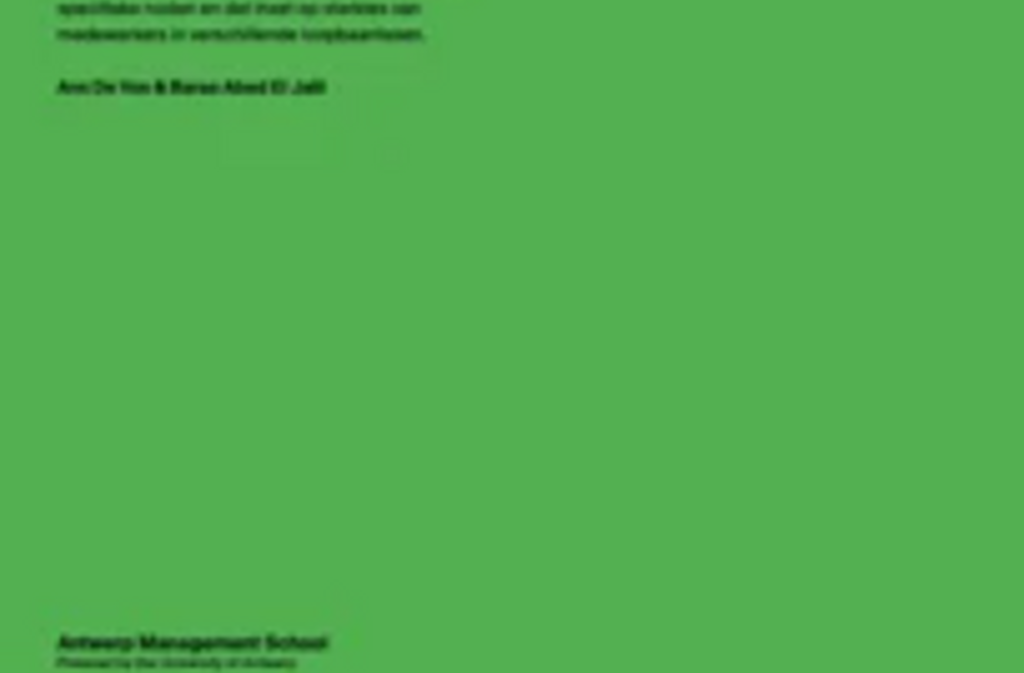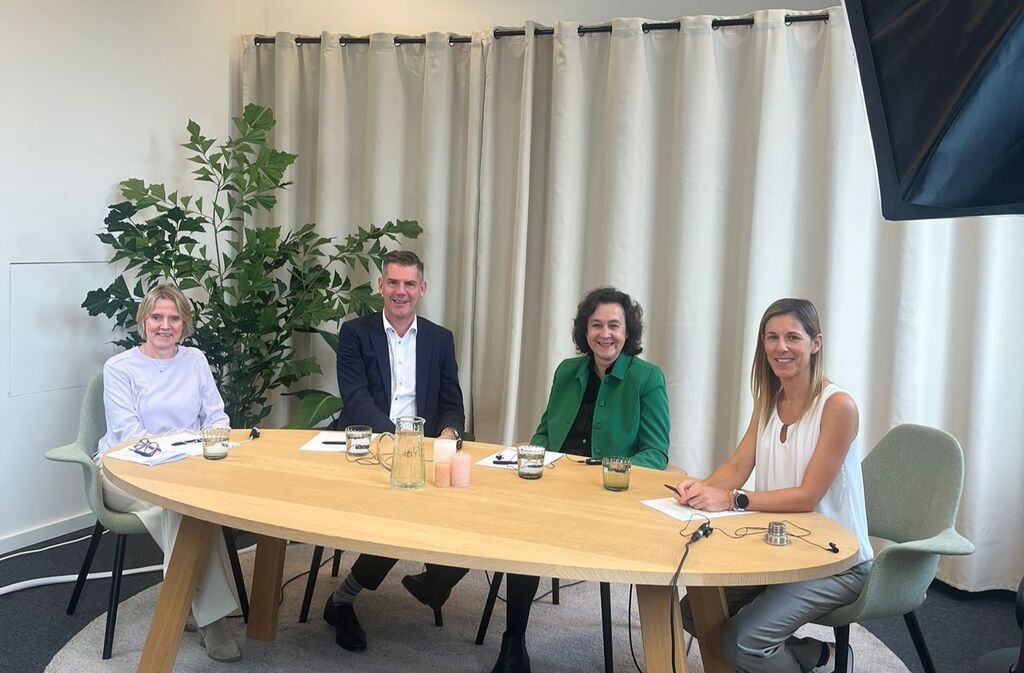To understand careers in 2030, we must first look at how we handle them today. The majority of workers who will be working in 2030 are already working today. And the majority will still be doing so through a "traditional" employment contract. Even though the career is owned by the employee, and taking that ownership is a key to a sustainable career, it is still the employer who sets the playing field for that career. The choices you make as an employer determine whether employees are 'happy, healthy & productive' not only today but also in the long term.
As an employer, you decide how to shape that playing field. Three choices within will determine the experience of work today, and thus careers in the longer term.
- First, find the balance between focusing on strengths ("exploit") and challenging on potential and talent ("explore"). Be critical: does development today primarily mean "learning to do things better," "keeping up" within the familiar job context ("upskilling"), or is it about stepping out of that context, learning new skills or discovering new talents ("reskilling")?
- Second, what boundaries do you lift to create more interaction and dynamism? In doing so, dare to question classic job descriptions and focus on activities - jobs create boundaries between colleagues or departments and limit thinking about career development.
- Third, how do you awaken curiosity? The curiosity of employees to explore new career avenues, their curiosity to try new things, unhindered by the fear of failure; the curiosity of managers to give "other" talent opportunities, their curiosity to discover what else employees might be able to do or want?
“The best way to predict the future is to invent it”: now is the time to work on innovative career policies.
Reflection Janssen Pharmaceutica: "It is through the work we do every day that we work on our careers" ... a strong slogan from which to then look at how we as an employer try to fill jobs differently NOW, always looking at what our business needs. How can we achieve today's needs on the one hand and evolve to more agile jobs on the other? Looking at this with curiosity can indeed give you new perspectives."







